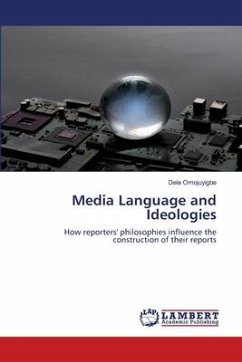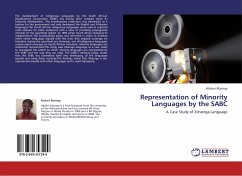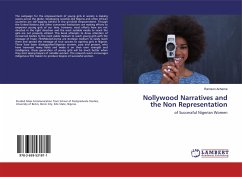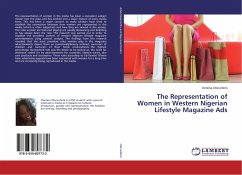In today's world pronouncements of the death of television are very common. As people are tweeting, watching video online or updating their Facebook status and so on. Nevertheless, television has not gone anywhere and continues to play a crucial part in the media landscape in most societies. It continues to be a big part of children's learning, realising and discovering processes. But the crucial question is what it is teaching? Assuming television to be one of the biggest sources of teaching does not mean that every single thing that it conveys to people has a positive content. The messages that television is passing on may be either good or bad for children. I therefore strongly believe that analyzing the content of the cartoons' texts and seeing how much children notice the given messages from those texts is very significant for the future vision of children and for the country.








